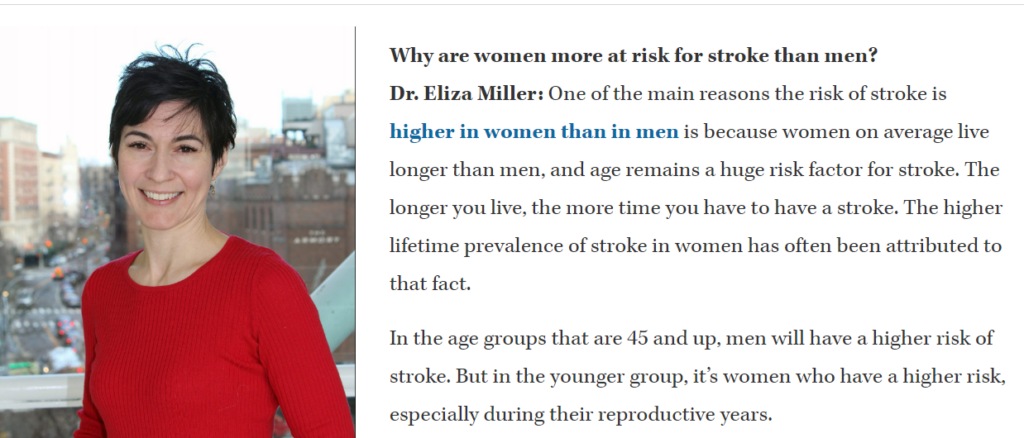Stroke Month is an opportunity to raise awareness and learn about the risk factor for stroke and stroke prevention. This is a great opportunity to uplift a few of the topics in stroke that tie to the wider mission of the American Heart Association and the American Stroke Association. By better understanding stroke, the better we can work to prevent one and recover post-stroke.
Smoking rates falling in adults, but stroke survivors’ smoking rates remain steady
While the rate of Americans who smoke tobacco has fallen steadily and significantly over the last two decades, the rate of stroke survivors who smoke has not changed significantly, according to preliminary research to be presented at the American Stroke Association’s International Stroke Conference 2020 – Feb. 19-21 in Los Angeles, a world premier meeting for researchers and clinicians dedicated to the science of stroke and brain health.
“Smoking cessation should be at the top of the list of preventive measures for people with a prior stroke, because prior research shows that those who continue smoking are more likely to die, or have a heart attack or second stroke,” said Neal S. Parikh, M.D., lead author of the study and assistant professor of neurology at Weill Cornell Medicine in New York City. “The importance of smoking cessation should be stressed alongside the importance of taking blood-thinning medication (such as aspirin, clopidogrel or an anticoagulant) and cholesterol-lowering medication as prescribed, and ensuring blood pressure is controlled.”
Women and Higher Stroke Risk
According to the Centers for Disease Control and Prevention, more women than men have strokes each year, and one in five women will have a stroke in her lifetime. Additionally, younger women and Black women have unique risks.
A recent study published in the Association’s Stroke Journal found that women 35 years and younger are 44% more likely to experience an ischemic stroke (a stroke caused by a blood clot) compared to men the same age, while other studies have found that Black women are twice as likely to have a stroke compared to white women.
“There are sex-specific factors that can increase the risk of stroke in women, like pregnancy, but that’s not the only factor,” says Dr. Eliza Miller, a neurologist at NewYork-Presbyterian/Columbia University Irving Medical Center who specializes in women’s cerebrovascular health. “Certain risk factors affect women differently than men, and there are larger social factors that impact communities of color. When you add these things up, women, and especially Black women, assume a higher risk of stroke over their lifetime.”
Stroke and Depression
According to the American Stroke Association, depression is a common experience for stroke survivors. A scientific statement from the Association indicates that about one-third of stroke survivors experience depression – compared to 5%–13% of adults without stroke. If left untreated, it can affect quality of life and make post-stroke recovery more difficult.
It is not unusual to learn that someone who has had a stroke also suffers from depression, and vice versa, says Dr. Joshua Willey, a stroke neurologist at NewYork-Presbyterian/Columbia University Irving Medical Center.